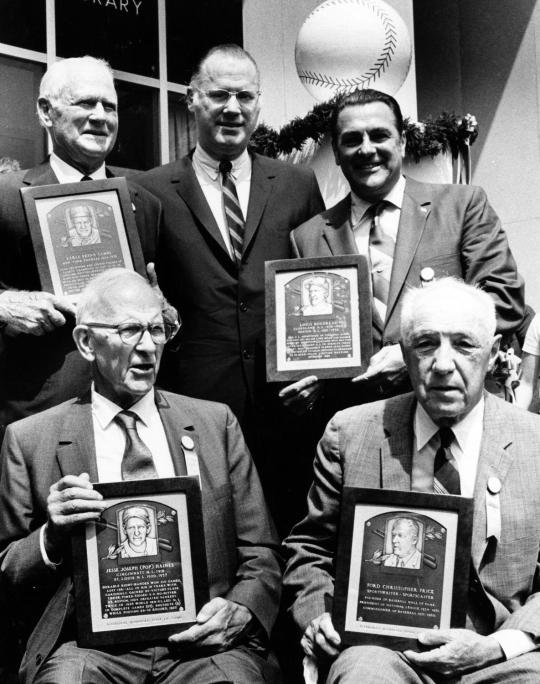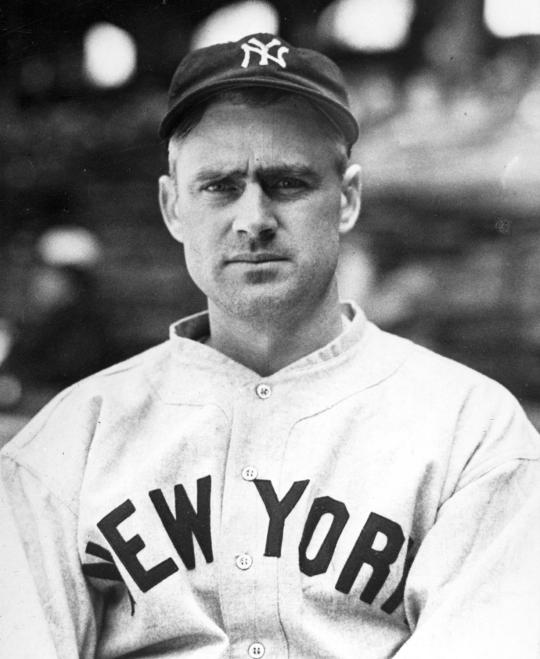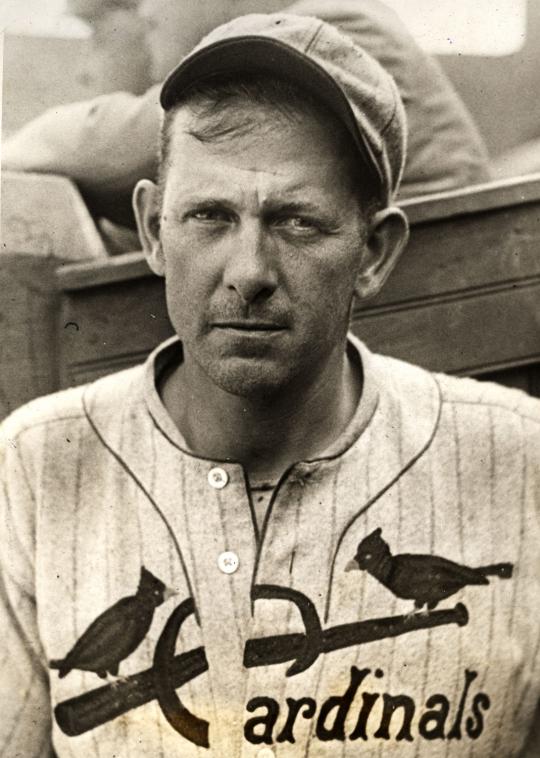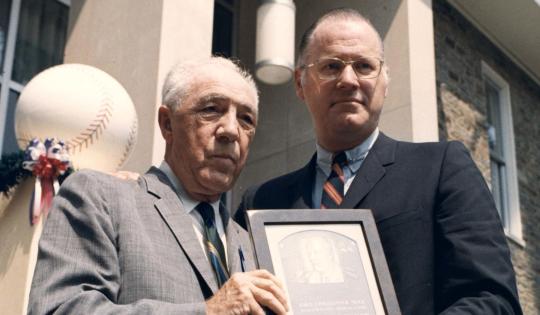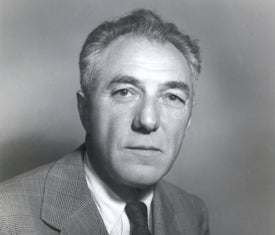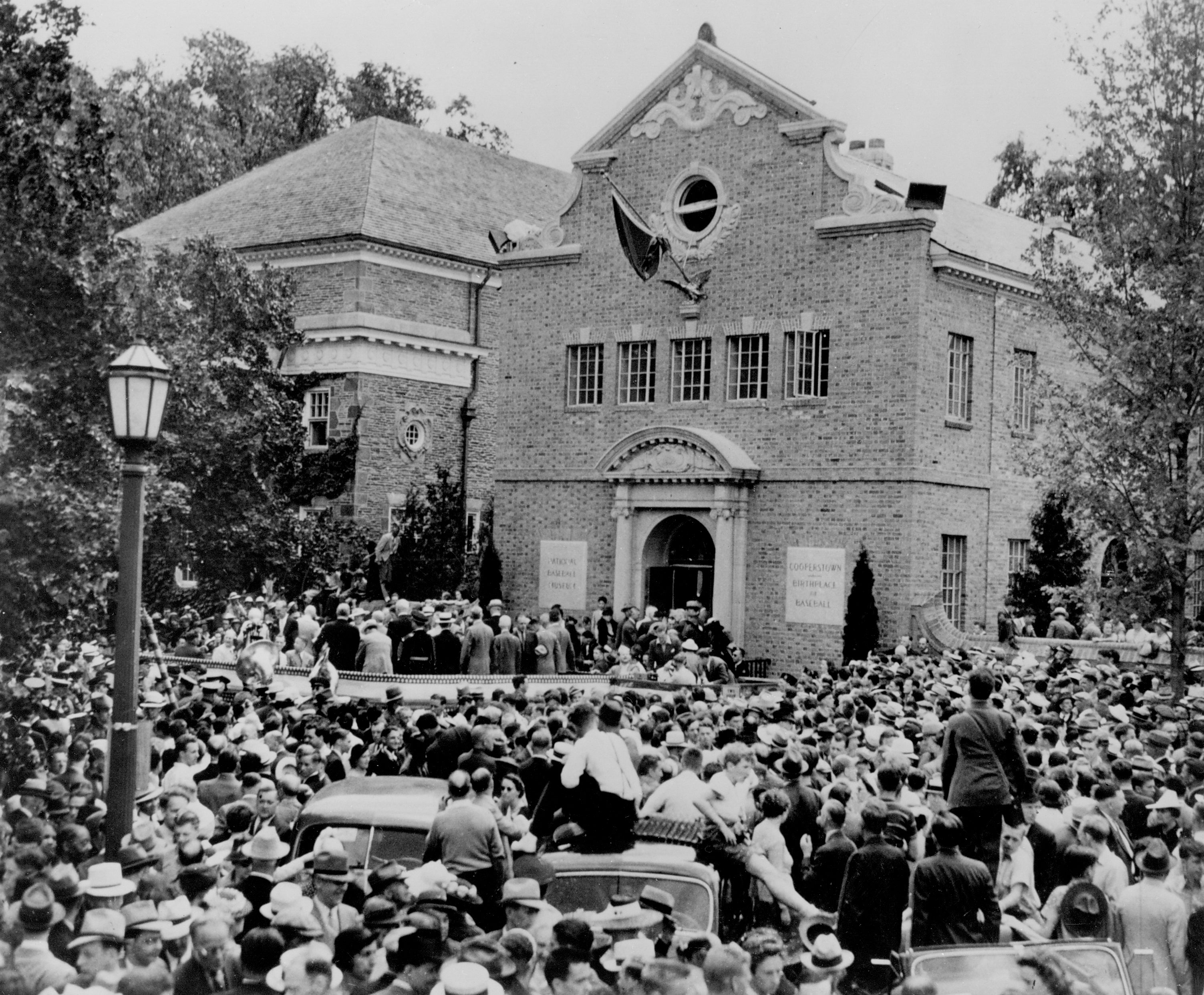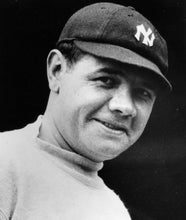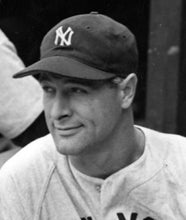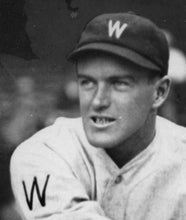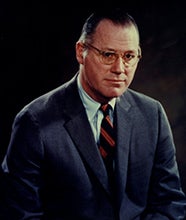- Home
- Our Stories
- Combs, Frick, Haines elected by the Veterans Committee
Combs, Frick, Haines elected by the Veterans Committee
On Feb. 1, 1970, Ford Frick’s career truly came full circle.
That day, Frick, Earle Combs and Jesse Haines were elected to the Baseball Hall of Fame by the Veterans Committee.
Frick was a featured sports writer at the New York Journal American and, in the 1920s, was one of the first baseball radio broadcasters. After serving a few months in 1934 as National League publicity director, Frick replaced John Heydler as league president.
He remained in that position until he was elected baseball commissioner on Sept. 20, 1951. Frick retired at the end of two seven-year terms in December 1965.
“It’s marvelous,” was Frick’s immediate reaction. “I don’t know what to say. The Hall of Fame means a lot in baseball. To be put in the Hall with those other guys is a tremendous honor.”
Hall of Fame Membership
There is no simpler, and more essential, way to demonstrate your support than to sign on as a Museum Member.
It was only fitting that Frick should be elected, for it was he and philanthropist Stephen Clark who combined to launch the Hall of Fame in the 1930s.
Combs was the leadoff batter in the famed Murderers’ Row of the Yankees in the 1920s and 1930s. Combs had a .325 batting average for 12 seasons with the Bronx Bombers. A line drive, left-handed hitter, he three times led the AL in triples and once in total base hits. In four World Series, Combs hit .350.
“He was the table-setter for (Babe) Ruth and (Lou) Gehrig,” said Joe Cronin, president of the American League at the time of Combs’ election.
But the one shocking scene involving Combs, which etched itself in the minds of baseball fans everywhere, came in July 1934.
St. Louis Browns third baseman Harlond Clift lifted a long drive toward the Sportsman’s Park left field bleacher wall. Combs, racing back, ran out of running room and crashed into the green concrete, full speed, as he made the catch, then collapsed unconscious.
Combs suffered a broken collarbone and a fractured skull. He came back to play in 1935, but his career ended after that season.
It was also at Sportsman’s Park where Jesse Haines spent all but one season of his long career, and that exception only accounted for five innings in one game for the Reds.
Haines, a right-hander, won 210 games and went 3-1 in his four World Series appearances with the St. Louis Cardinals over 18 seasons. One of Haines’ top moments came in 1924, when he became the first Cardinal since 1876 to throw a no-hitter as he aced the Braves.
However, Haines’ best year was in 1927, when Haines won 24 games for the Cards while compiling a 2.72 ERA in over 300 innings of work.
“It’s quite an honor,” said Haines of his Hall of Fame election. “I’m kind of broke up about it.”
Joining Combs, Frick and Haines in Cooperstown that year was Baseball Writers’ Association of America electee Lou Boudreau.
Jonathan Coe was the fall 2011 Public Relations intern for the National Baseball Hall of Fame and Museum
Related Stories
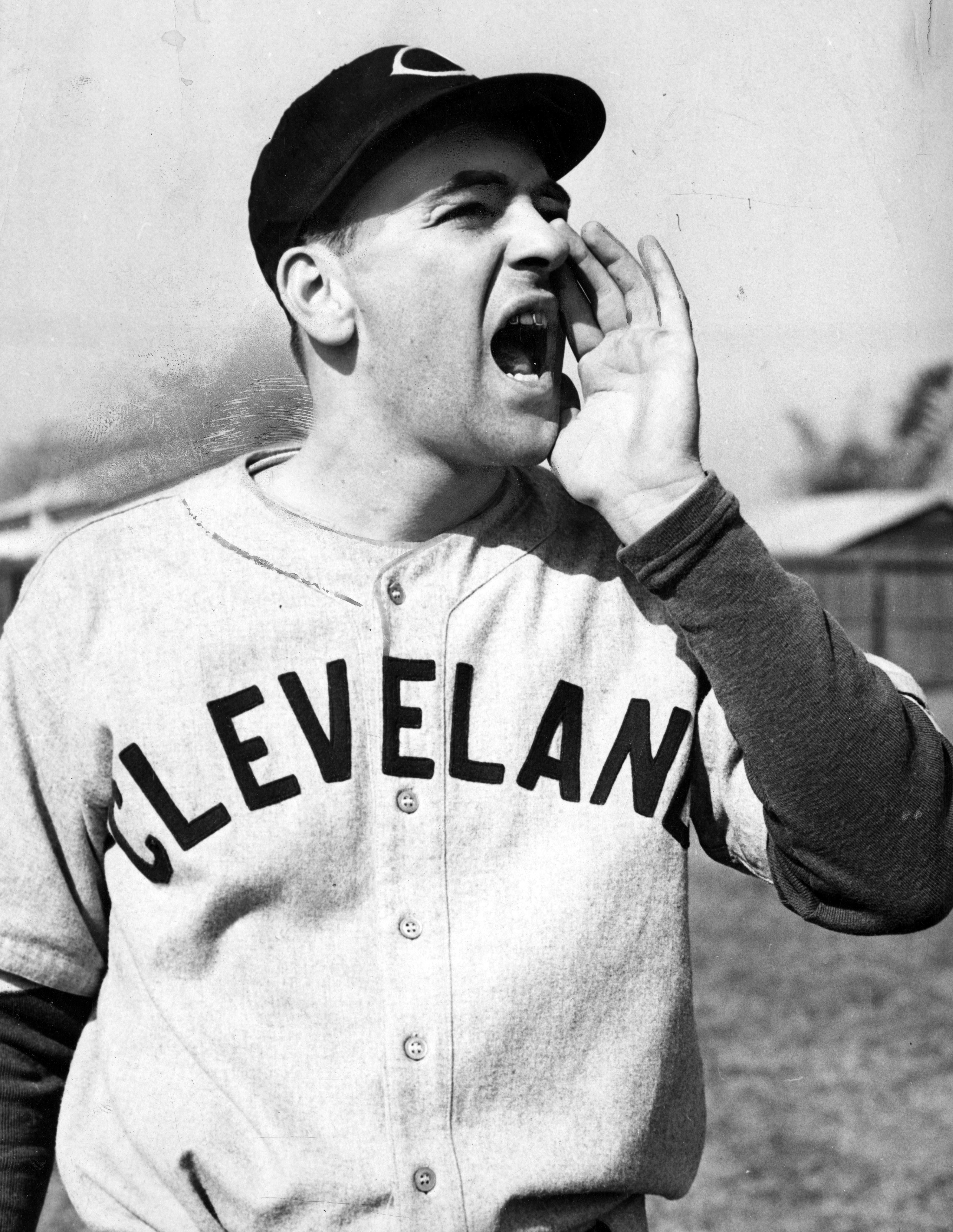
Lou Boudreau Hits a Lead-Off Home Run in All-Star Game
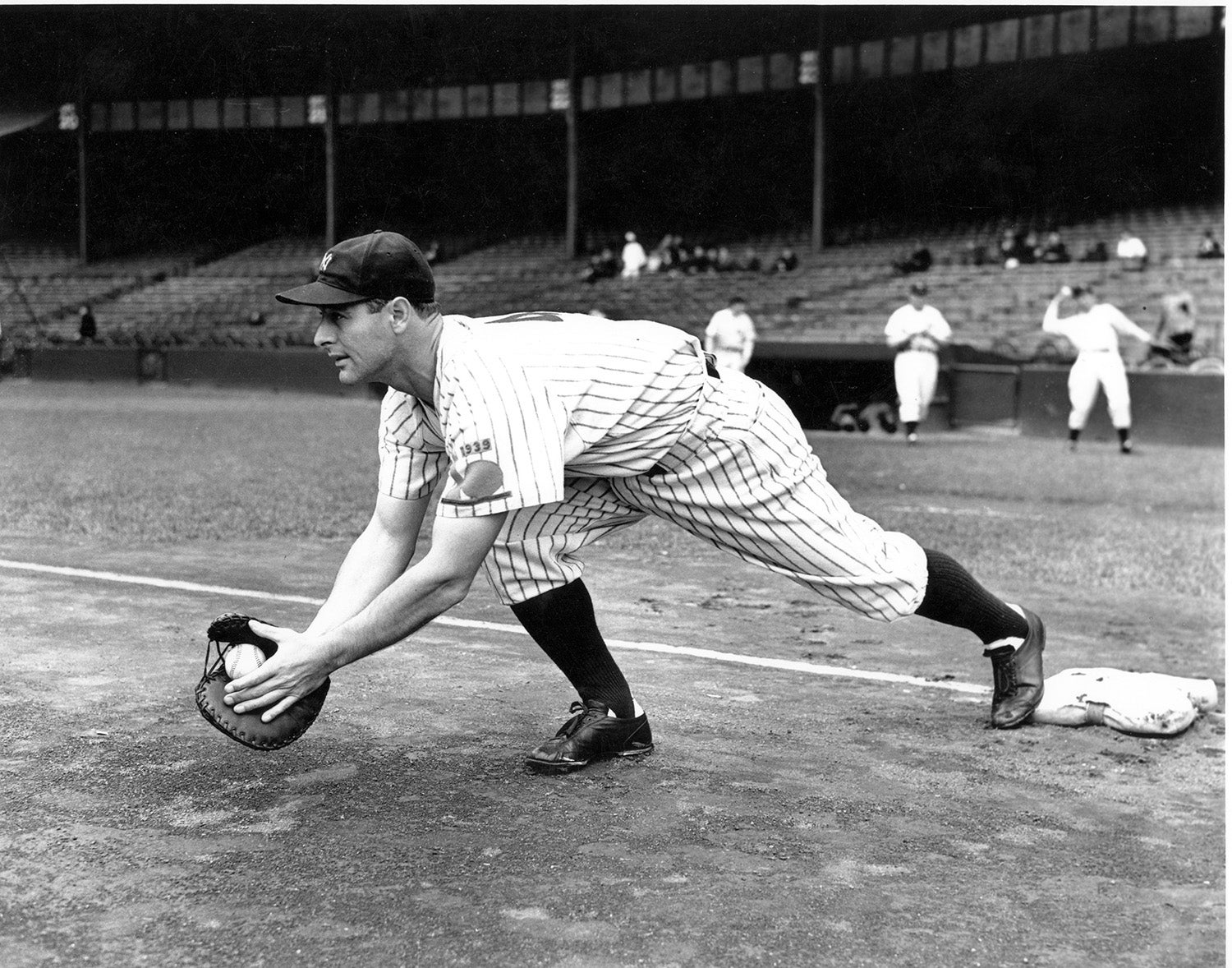
Lou Gehrig appears in his 2,000th consecutive game for the Yankees

Lou Boudreau Hits a Lead-Off Home Run in All-Star Game


